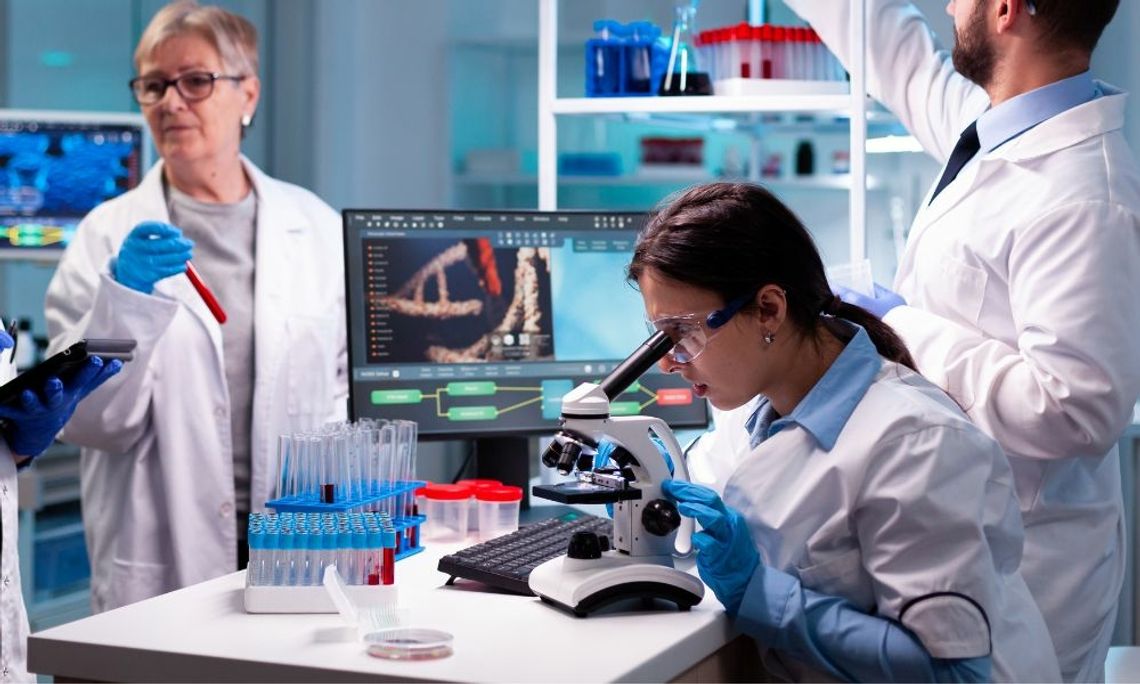As the biopharmaceutical industry evolves, manufacturers are adopting single-use bioprocessing systems for greater efficiency and flexibility. However, concerns about the environmental impact of disposable components have led to a growing interest in sustainable practices. Read on to find out how to reduce waste with sustainable single-use bioprocessing.
Choose Biodegradable Materials
One way to make single-use bioprocessing more sustainable is by using biodegradable materials. Manufacturers can make many disposable components, such as tubing and connectors, from biodegradable polymers that break down over time, reducing their environmental impact. By opting for biodegradable materials, manufacturers can minimize waste while benefiting from the convenience of single-use systems.
Use Recycling Programs
Establishing a recycling program for single-use bioprocessing components is another effective way to reduce waste. By partnering with recycling companies specializing in processing biopharmaceutical waste, manufacturers can ensure they properly dispose of and recycle their used components. This program reduces the amount of waste sent to landfills and conserves valuable resources.
Maximize Resource Efficiency
Efficient utilization of resources is crucial for minimizing waste in any manufacturing process, including single-use bioprocessing. Manufacturers can optimize production by implementing process analytical technology (PAT) to monitor critical process parameters in real time. This optimization allows for better process control, ensuring they use resources efficiently and minimize waste.
Invest in Reusable Components
While manufacturers can use single-use bioprocessing systems for disposability, they can also reuse or reprocess some components to extend their lifespans. For example, workers can regenerate certain types of filters and chromatography columns for various uses multiple times. Investing in reusable components in the right instances allows manufacturers to reduce the overall waste generated by their bioprocessing operations.
Now that you have a sense of how to reduce waste with sustainable single-use bioprocessing keep waste production low while benefitting from the advantages that single-use bioprocessing offers. Single-use bioprocessing is not without its challenges, but the benefits far outweigh them in terms of efficiency and sustainability.


Comment
Comments